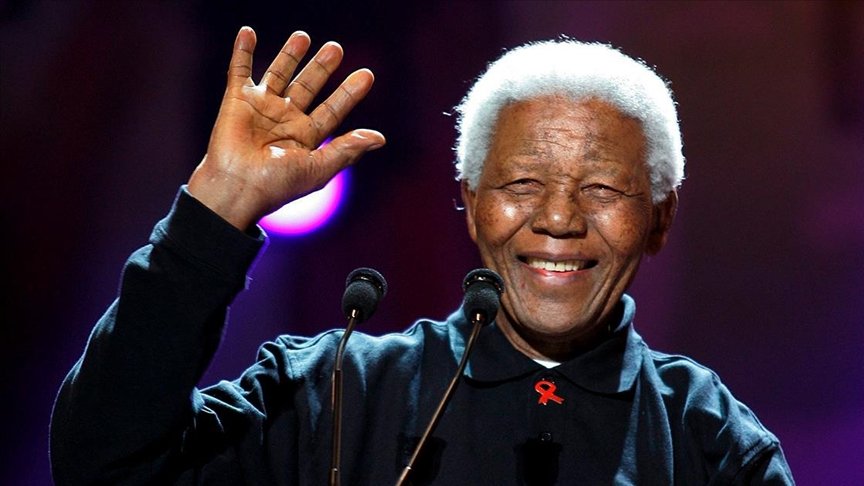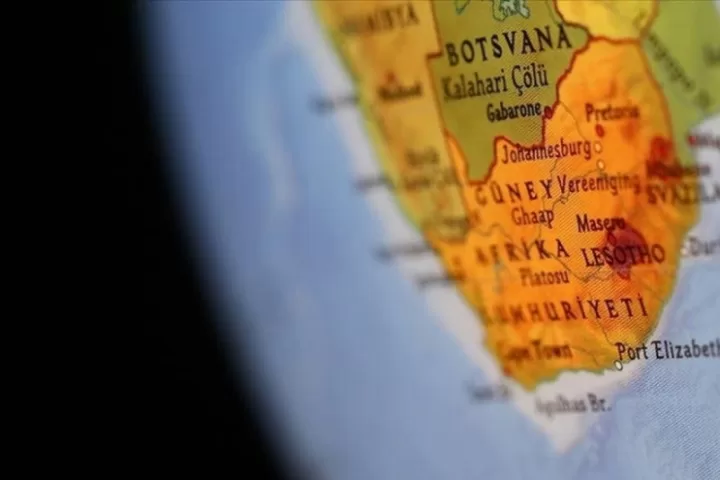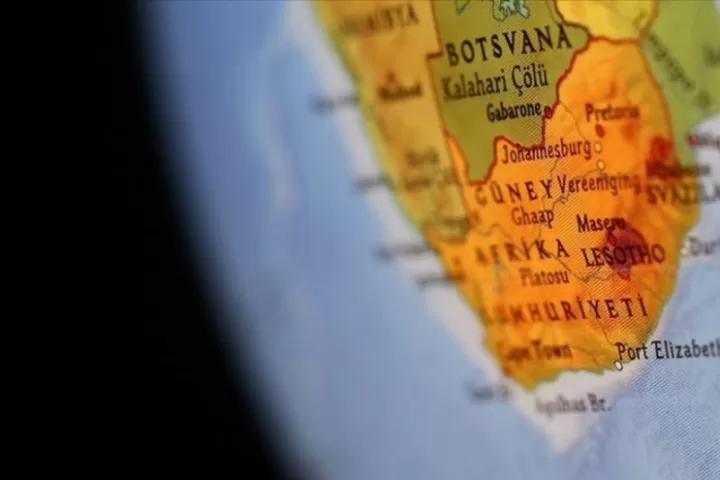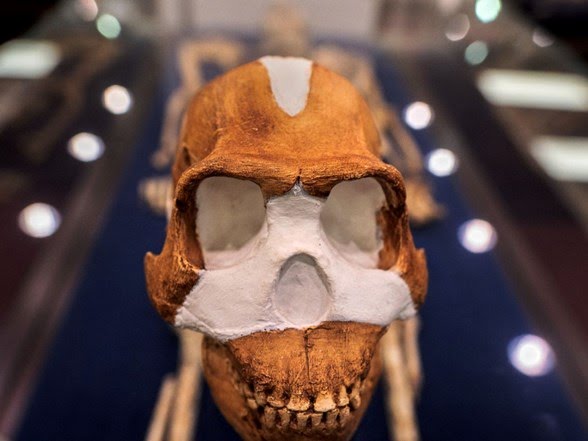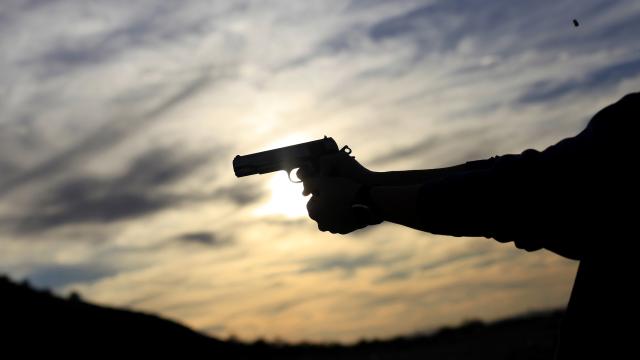It has been 9 years since the death of Nelson Mandela, the symbol of the struggle against the racist apartheid regime in the Republic of South Africa and the country’s first democratically elected black president.
Mandela was born in 1918 in the Cape province of the Union of South Africa, a British protectorate, the son of a tribal chief.
From his childhood, Mandela belonged to the “elite” black class in the country and had the opportunity to receive a good education during the years when black children were largely deprived of the most basic educational opportunities.
Mandela studied law as the “only black student” at Witwatersrand, one of the most prominent universities in South Africa and the continent, and became South Africa’s “first black lawyer”.
The coming to power of the white racist apartheid regime in 1948 was a turning point for Mandela’s anti-apartheid struggle.
From then on, Mandela embraced a multiracial struggle against apartheid and rose rapidly in the black liberation movement with his successful educational career and leadership qualities.
Mandela, who was elected President of the Youth League of the African National Congress (ANC), today South Africa’s ruling party, in 1950, was subjected to intense repression by the apartheid regime.
Taking the anti-apartheid struggle underground
From 1955 onwards, when racist practices against black people reached their peak, Mandela began to embrace the idea of an “underground struggle” against the racist regime.
Since then, Mandela was repeatedly arrested on numerous charges including “treason” and was banned by the government from engaging in political activities.
After 69 people, including women and children, were killed when police opened fire on people during a peaceful protest in Sharpeville in 1960, Mandela began to organize the underground structure of the ANC by traveling the country disguised as a driver.
Seeking international support in the fight against apartheid, Mandela toured Africa and visited the UK.
After returning to his country, Mandela was charged with inciting the people and attempting to overthrow the government and was sentenced to life imprisonment in 1964.
26 years of life in captivity
Mandela was sent to Robben Island Prison off the coast of Cape Town, where he was imprisoned between 1964 and 1982.
In the harsh conditions of this prison, where he worked in stone and lime quarries, Mandela carried out educational work with other prisoners, learned the Afrikaans language spoken by whites and read about Islam.
Mandela, who was transferred to Pollsmoor Prison in 1982 due to his influence on the prisoners, was released on February 11, 1990 after 26 years of imprisonment as a result of intense pressure exerted on South Africa by the international community.
The collapse of apartheid and its aftermath
After his release, Mandela visited the United States, the United Kingdom, France, the Vatican, Cuba, Indonesia, Malaysia, Japan, Australia, Indonesia, Malaysia, Japan, Australia and some African countries to consolidate international support against the apartheid regime and met with prominent figures in world politics such as George Bush, Margaret Thatcher, François Mitterrand and Fidel Castro.
With the support of the last President of the apartheid regime, F. W. de Klerk, who died last month, Mandela led the transition from white minority rule to multicultural democracy.
Mandela was awarded the Nobel Peace Prize with de Klerk in 1993 for his contribution to peace in this process.
As the leader of the ANC, Mandela won the 1994 election, the first democratic election in the country’s history, and became the first black president of the Republic of South Africa.
Mandela made significant contributions to the construction of a society in which different colors and cultures live together in peace by achieving national reconciliation in the country during his rule.
Assuming a conciliatory and mediating role in foreign policy, Mandela was appointed Secretary General of the Non-Aligned Movement in 1998.
Supporting the Palestinian people’s struggle for freedom on every platform, Mandela was closely involved in ending conflicts in African countries and played a key role in many negotiations.
Mandela, who did not run again when his term of office expired, handed over the presidency to Thabo Mbeki in 1999 and retired from politics.
In his post-political life, Mandela devoted much of his time to the fight against HIV/AIDS and charity work.
After his last public appearance at the 2010 World Cup in South Africa, Mandela’s health began to deteriorate in 2011.
After a lifetime dedicated to the fight against apartheid, Mandela died on December 5, 2013 at the age of 95 due to a respiratory infection.
In 2009, the United Nations General Assembly declared July 18, Mandela’s birthday, as “International Nelson Mandela Day”.

